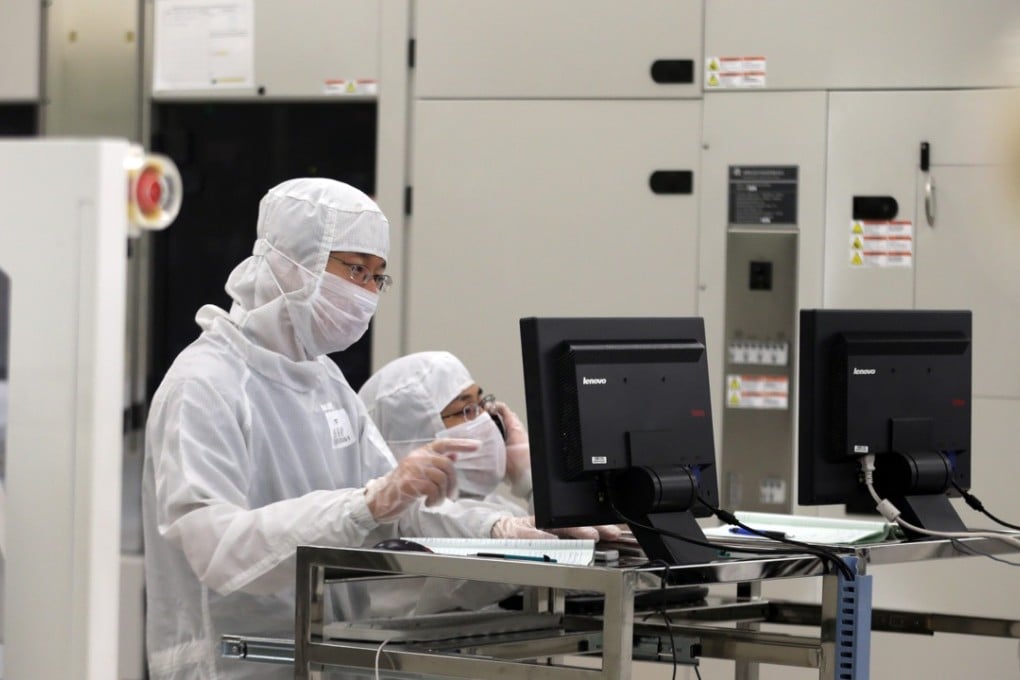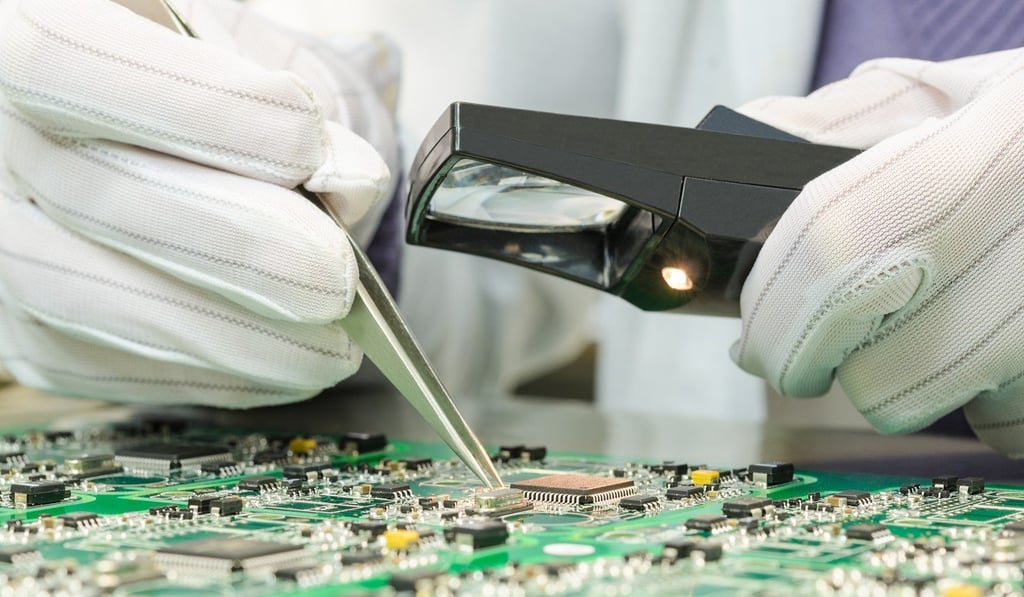How China’s ‘Big Fund’ is helping the country catch up in the global semiconductor race
Low profile fund is leading national effort to catch up in global semiconductor industry by raising funds and backing semiconductor start-ups and research and development

In light of the growing tensions between the US and China’s trade and economic relationship, China has sought to accelerate its efforts to gain self-sufficiency and parity in semiconductors. Back in 2014, the central government set up the China National Integrated Circuit Industry Investment Fund.
ZTE ceases ‘major operations’ because of US ban on tech sales
This fund is so low profile that it does not have its own website. But it is leading the national effort to catch up in the global semiconductor industry by raising funds and backing semiconductor start-ups and research and development. The goal: help China become self-sufficient in chips that are used by the country’s vast manufacturing supply chain.

China makes more than 90 per cent of the world’s smartphones, 65 per cent of personal computers and 67 per cent of smart televisions, according to estimates from Bernstein Research. But it has had to buy much of the chips that go into these devices from abroad. Annual chip imports by China have risen to more than US$200 billion since 2013 and reached US$260 billion last year.
Countries must break free of US chip dominance, Alibaba’s Ma says
Here are a few things to know about the state-backed investment entity known as the “Big Fund”: